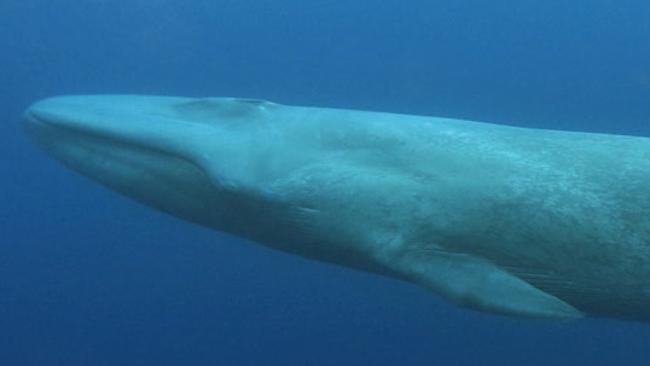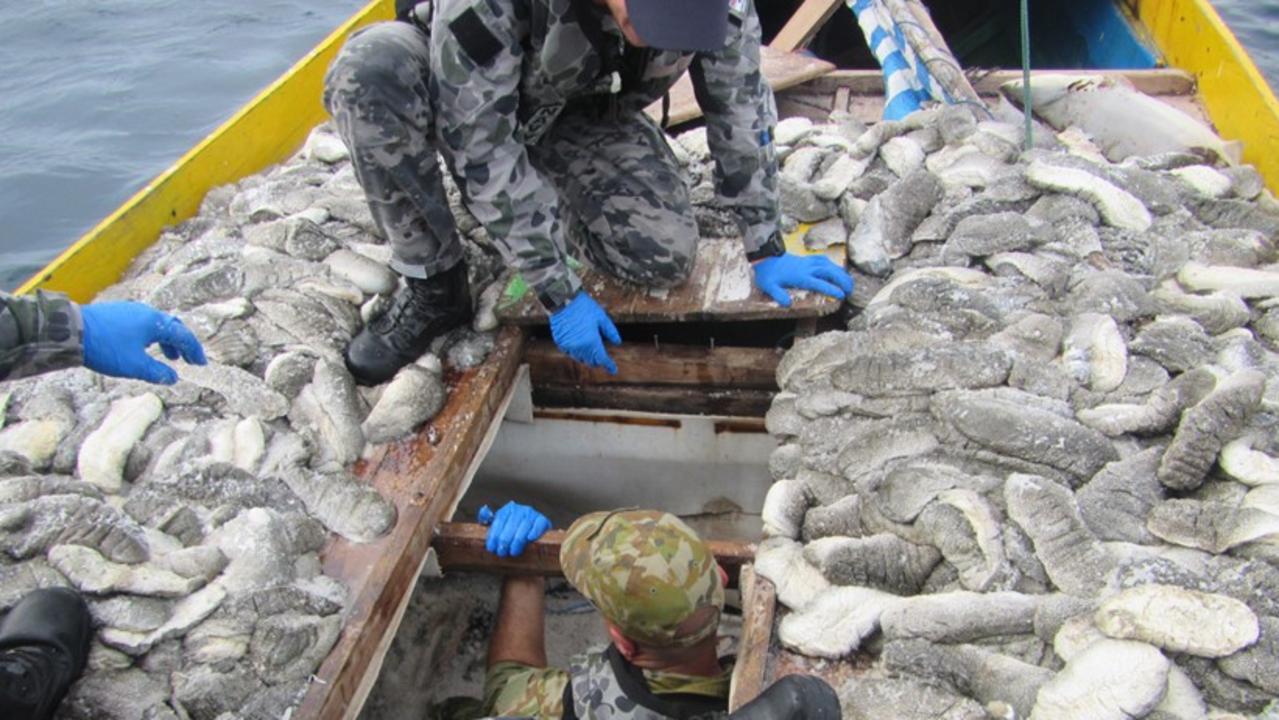Noisy giants enjoy whale of a time warbling
The biggest living creature on Earth is a rare sight in waters around Antarctica but Australian and New Zealand scientists with underwater ears have tracked down at least 80 of the giants.

Fishing
Don't miss out on the headlines from Fishing. Followed categories will be added to My News.
The biggest living creature on Earth is a rare sight in waters around Antarctica but Australian and New Zealand scientists with underwater ears have tracked down at least 80 of the giants.
There may only be a few thousand blue whales left in the Southern Ocean since they were decimated by commercial whaling in the 19th century and the International Whaling Commission says there have just been 200 sightings in 30 years.
The whales weigh up to 180 tonnes, reach 30m in length and eat up to 3.6 tonnes of krill a day. However, up close their low-frequency “song” is akin to the noise of a jet fighter’s engine, which can be a giveaway.
The NIWA research vessel, using Australian-developed sonobuoys, zeroed in on at least 80 feeding on krill in an area of about 100sq km between the Balleny Islands and Antarctica.
The scientists photo-identified 58 individuals.
“After travelling a large distance without sighting any whales, we were staggered to witness over 80 of these rare whales in a relatively small area,” says Australian Antarctic Division science leader Mike Double.
“I was really surprised ... you are on the bridge with a nearly 360-degree view and you are seeing these huge blows all around the vessel.
“You are dealing with a rare, endangered species and yet you are surrounded by them.”
The new underwater acoustic devices allowed the scientists to pick up more than 40,000 whale calls and make over 520 hours of individual song recordings.
After some teething problems with the listening devices, Dr Double said they suddenly started hearing blue whales, as if they “switched on” their calling.
“We actually think it’s a behavioural thing. Suddenly the blue whales started calling and it might be something to do with that aggregation.”
Loggers have been left on the seabed to see if the whales are changing their calling throughout the year.
The whales’ songs are incredibly loud, and during the trip individuals could be heard from as far away as 1000km, Dr Double said. “This is some of the loudest sounds we hear in nature. I am not an acoustician but you are talking about the roar of a jet fighter.”
It may take about seven to 10 years before scientists know how many blue whales are in the Southern Ocean as scientists are still doing surveys from South America and South Africa.
Despite seeing so many blue whales, Dr Double said they only managed one biopsy and they couldn’t get close enough to put tracking devices on the blue whales. A smaller, faster ship, or inflatables, would probably be needed to get close enough to the whales.


